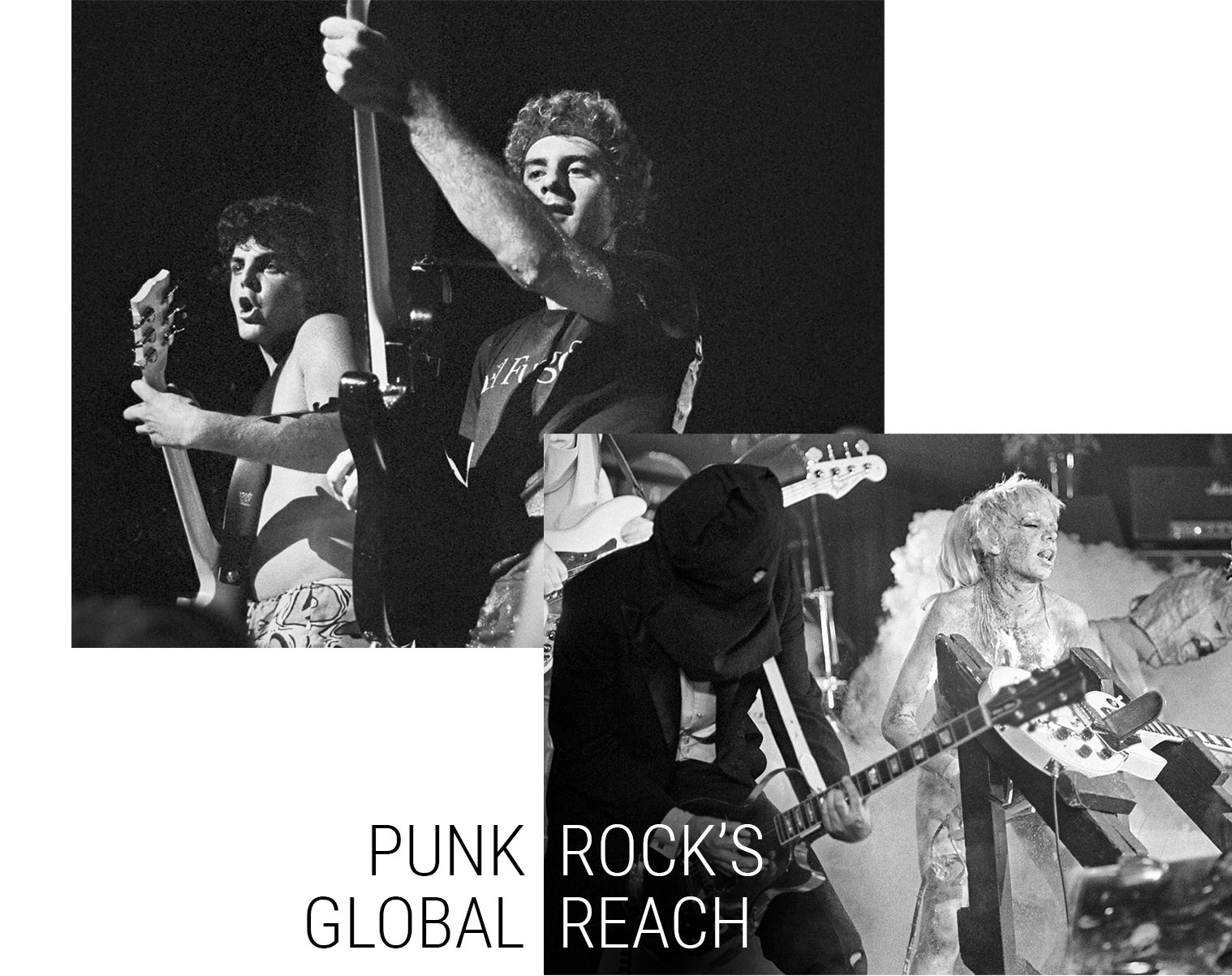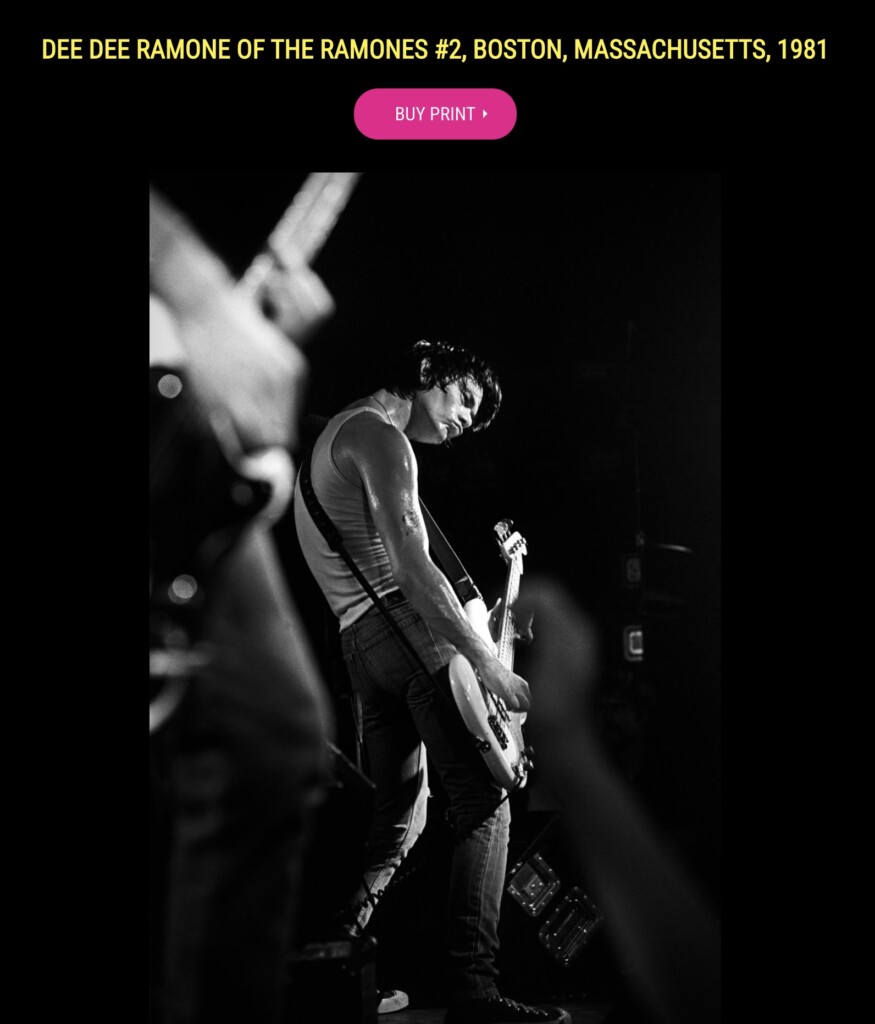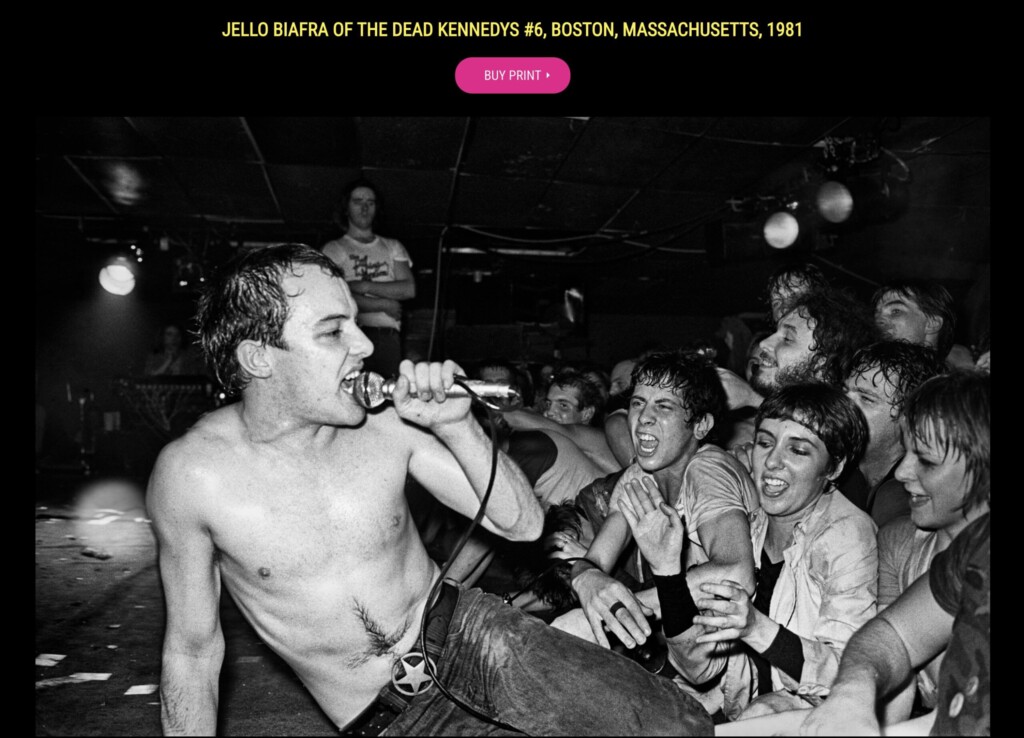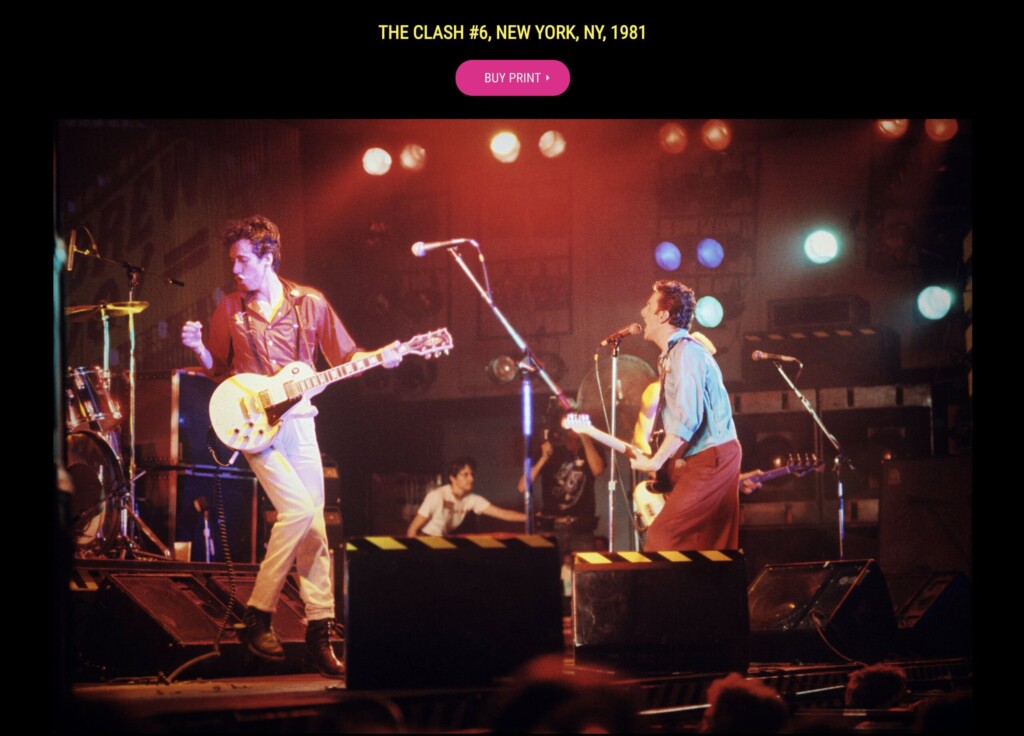Days of Punk
| Fashion
Punk Rock’s Global Reach: How the Movement Spread Worldwide
Posted by Michael Grecco

Punk Rock’s Global Reach: How the Movement Spread Worldwide
To begin to dissect the question of Punk Rock’s Global Reach- “How the Punk Rock Movement Spread Worldwide,” its origins must be examined. Did Punk Rock spring forth from spontaneous combustion in New York City, Boston, London, Detroit, L.A., Brazil, Tokyo, or Indonesia? No, but it was not a planned explosion, it was an underlying need for a new form of expression.
In a discussion of Punk Rock’s Global reach, the original hatching egg would provide clues to how the movement spread worldwide. Like all movements, that singular hatchling is impossible to identify.
Rock n’ Roll to Shock Rock
The hits of the mid-1950s are sedate compared to the continuing evolution of Rock n’ Roll into psychedelic rock, heavy metal, and shock rock.
Are Ozzie Osborn and Alice Cooper forerunners of Punk? In an evolutionary way, absolutely. The Stooges, Dictators, and MC5 are also significant building blocks of the transformation into the new wave rock that was tagged with the moniker, Punk Rock.
The United Nations of Punk
People, musicians, and artists around the world dressed in black wanted to be sedated and drop out of political and corporate slavery. As if a meeting of the minds was scheduled and a doctrine adopted Punk sprung up across the globe in a United Nations of a new wave.
In the United States punk scenes were as diverse as their birth cities. New York City gave birth to seminal bands like The Ramones, and Television along with a club that was seen as the birthing center of Punk, CBGBs. In Boston, a club nicknamed The Rat is the accepted hatchery of PUNK. It is also where Photographer Michael Grecco began his relationship with Punk which enabled him to capture thousands of raw moments in the global history of punk.
L.A. gave birth to a hardcore aggressive, political anti-establishment punk scene with bands like Flag X and the Dead Kennedys. Minor Threat and Bad Brains surfaced in Washington D.C. in a punk scene that was more direct and straight-edged.
In the United Kingdom PUNK exploded. The Sex Pistols, The Clash, and The Damned flew the banner of punk. The socio-economic downturn of the nation was fertile fodder for the furious music, rebellious attitudes, and message of anarchy in the punk songs of the United Kingdom
Deeper political realities with memories of the destruction of World War II and the dismantling of the Berlin Wall saw the rise of Deutschpunk. It was characterized by politically charged lyrics interwoven with raw unwavering beats reminiscent of the pounding of bombs and the destruction of a nation. Punk quickly grew into a significant counterculture in Berlin and Hamburg. Die Toten Hosen and Slime gained notoriety in Germany.
Other Punk Centers around the World include:
Japan – where unique customs and sounds were fused with Western Influence to create a thriving underground complete with clubs, fashion, art, and a DIY spirit of rebellion against the three-piece suit and pencil dress capitalism of Tokyo. The Blue
- Hearts, The Stalin, and Gauze were three of the hundreds of punk music bands in Japan.
- Brazil– Ratos de Porão and Cólera used Punk to challenge the political evils of the military dictatorship. Punk lyrics were incendiary, and politically charged giving a voice and platform to dissent in a nation in turmoil.
Punk as a music, culture, art, and political dissent knew no borders. It was a DIY movement that could not be contained by corporate rulemakers. Bands like The Clash topped the charts prized by the corporate record companies.
Over the years, punk has transcended borders, forming its own global alliance united by the angst of disaffected people. This spirit of rebellion continues to resonate today, with the punk scene thriving worldwide. Michael Grecco’s “Days of Punk” exhibition brought the movement’s energy all the way to the Centro Cultural de Cascais in Cascais, Portugal. Even for those who weren’t around for punk’s first wave, its energy remains infectious. This video is a chance to experience a slice of that history firsthand.




